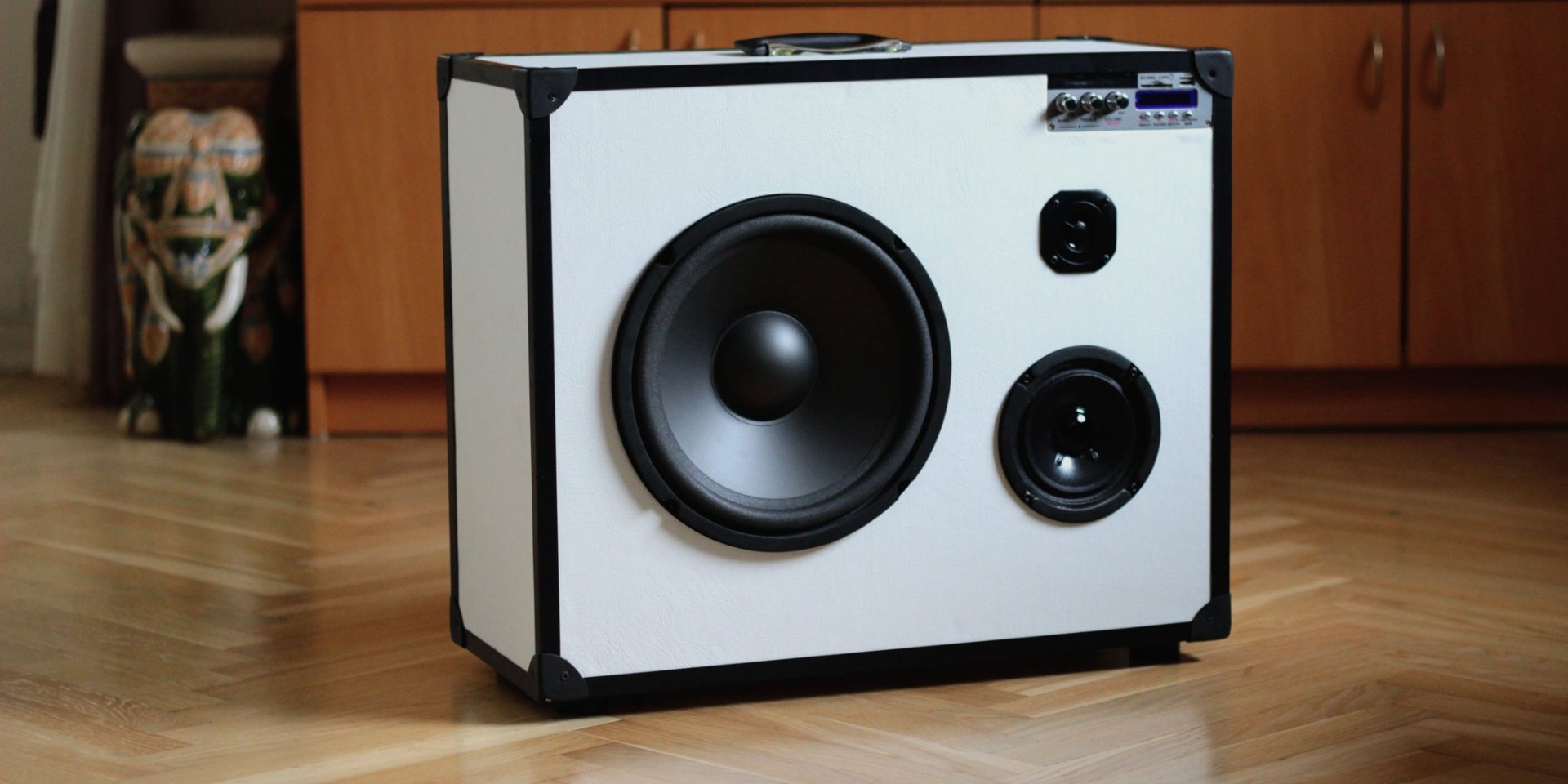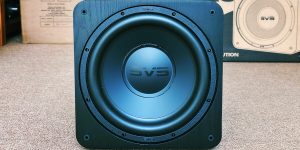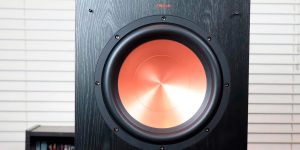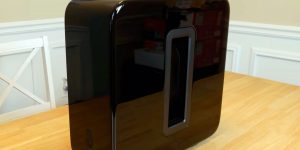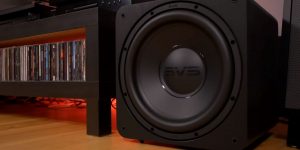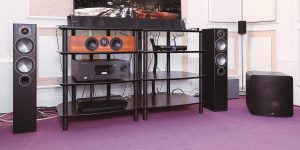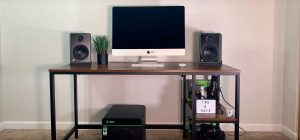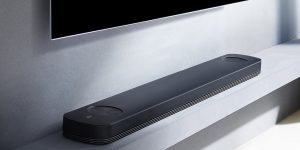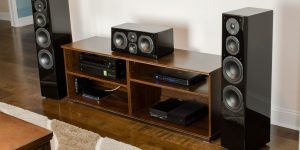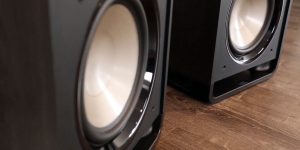Breaking in a subwoofer is a process believed by some specialists to be the key to getting the most power out of your equipment. The concept of subwoofer break-in states that, over time, the mechanical components of this audio element undergo subtle transformations that elevate its performance to new heights. I will explain how to break in a subwoofer and if it is really that useful, as described.
What is a subwoofer break-in?
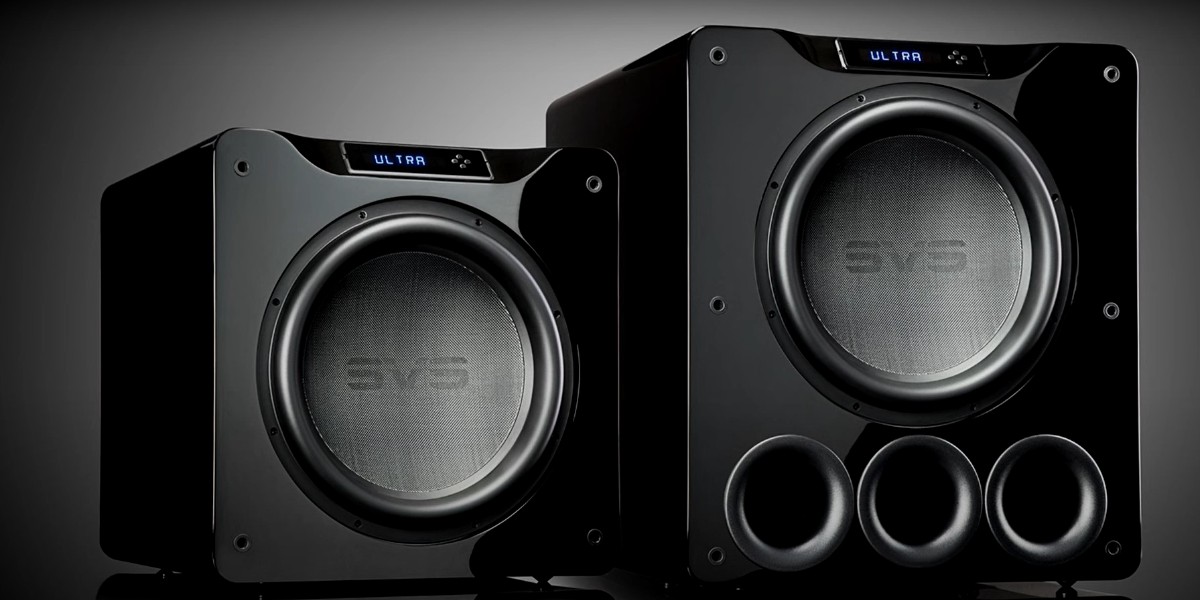
Subwoofer break-in (burn-in) is a process of allowing a new subwoofer to operate for a certain period, typically at moderate volume levels, before reaching its optimal performance. The idea behind the break-in period is to facilitate the gradual loosening of mechanical components, such as the suspension and diaphragm, leading to improved overall sound quality.
The break-in process is based on the assumption that the mechanical parts of a subwoofer experience subtle changes during initial use, and allowing these components to “settle” or “break in” can contribute to smoother, more accurate, and more dynamic sound reproduction over time. Let me explain the key points to consider regarding subwoofer break-in:
- Some elements and the overall sound may experience subtle changes during the break-in period. This is believed to result in improved flexibility and reduced stiffness.
- The mechanical components of a new subwoofer initially have some resistance to movement. The break-in reduces it, allowing it to operate more freely.
- Those who tried break-in note the improvements in bass response, clarity, and overall fidelity. By the way, I agree with them too.
- The recommended subwoofer break-in period can vary. It is often ranging from 20 to 100 hours.
When to break in a subwoofer?

The conditions under which breaking in a subwoofer is generally recommended greatly differ. Based on my experience, I will name a few cases when it’s more efficient.
If you’ve just purchased a brand-new subwoofer, this is when you might consider initiating the break-in process. This can occur once the subwoofer is properly connected, positioned, and integrated into your home theater or audio setup.
Some choose to break in before critical listening sessions or when trying out the full capabilities of the subwoofer. This is done to ensure that the equipment has had some time to settle and potentially improve its performance.
How to break in a subwoofer?
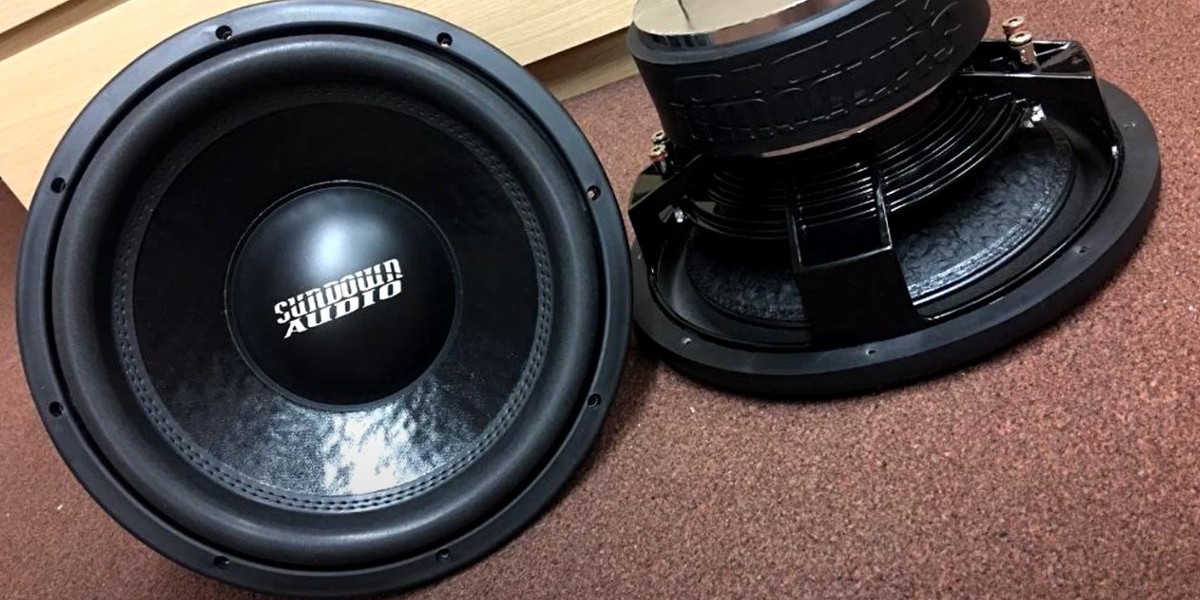
If you choose to try this method, I will provide the general guidelines to follow. Keep in mind that the effectiveness of the break-in process is subjective, and not all may experience significant changes in sound quality.
So, first, properly set up your subwoofer in your home theater or audio system according to the manufacturer’s instructions. Select content that includes a range of frequencies, especially focusing on low-frequency sounds. It can be music with deep bass or movies with impactful low-frequency effects.
Start with moderate volume levels during the break-in period. Avoid pushing it to its maximum capabilities. This allows the mechanical components to undergo gradual changes without the risk of damage. Continuous play is often recommended during this process. Allow the subwoofer to operate for an extended period, ranging from several hours to over a day.
Make sure the played content covers a variety of frequencies to ensure that the subwoofer experiences a diverse range of signals. This can make the break-in more comprehensive. Pay attention to the sound quality. The changes in sound may not be noticeable to everyone.
After completing the break-in process, evaluate the sound quality to determine if you notice any improvements. Then, you can start using your subwoofer as you normally would. Whether or not you notice a change in sound quality, your subwoofer is now ready for regular usage.

